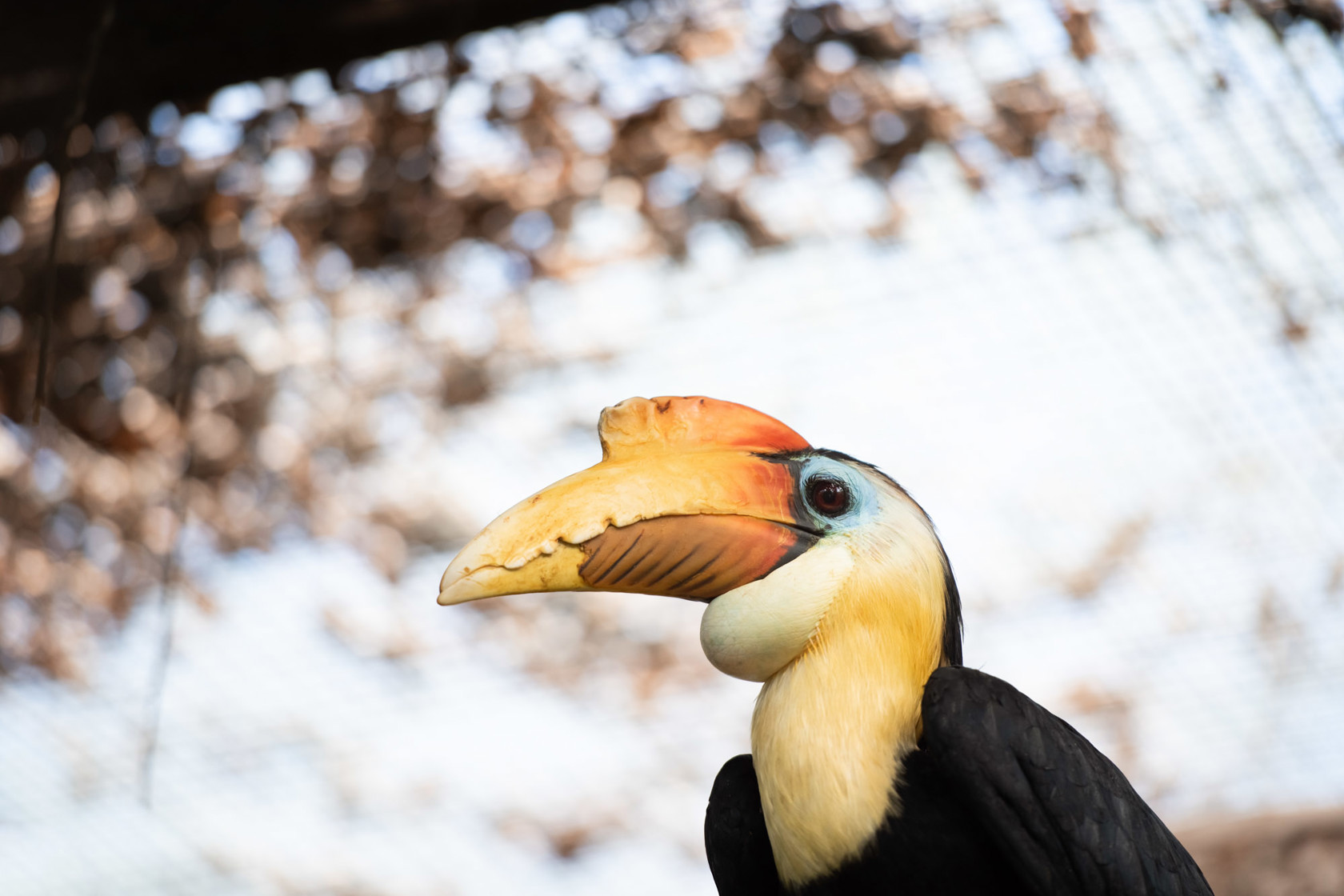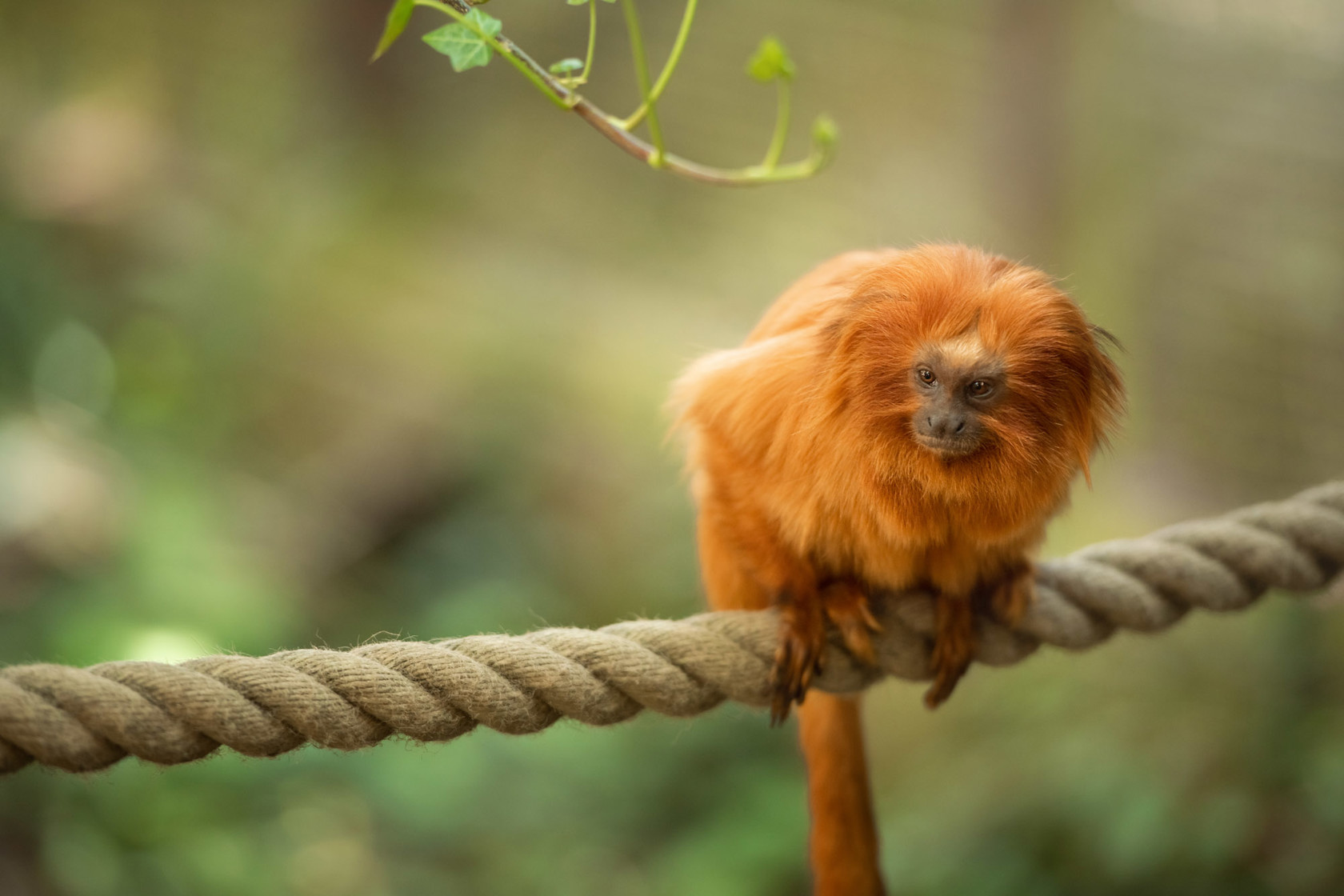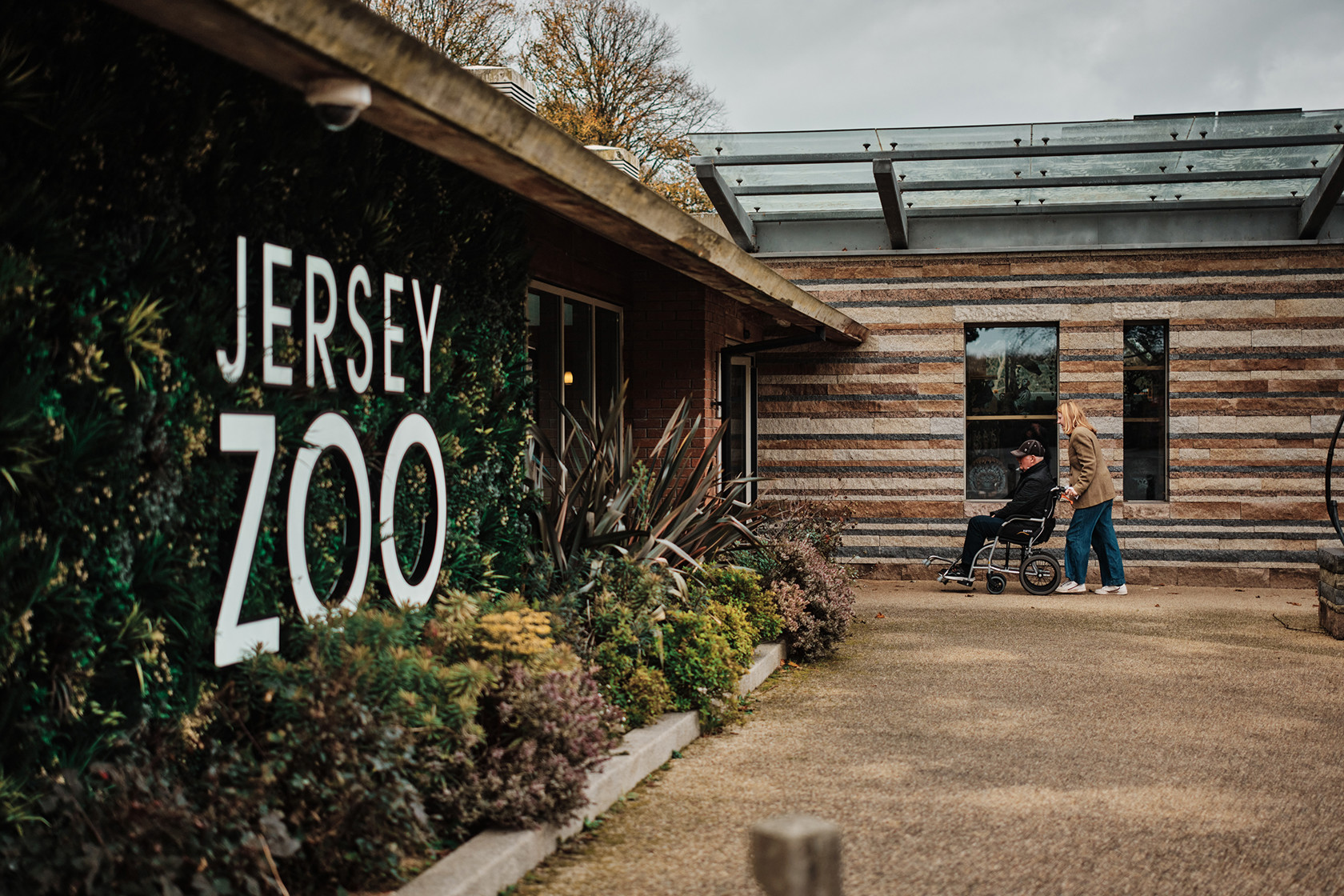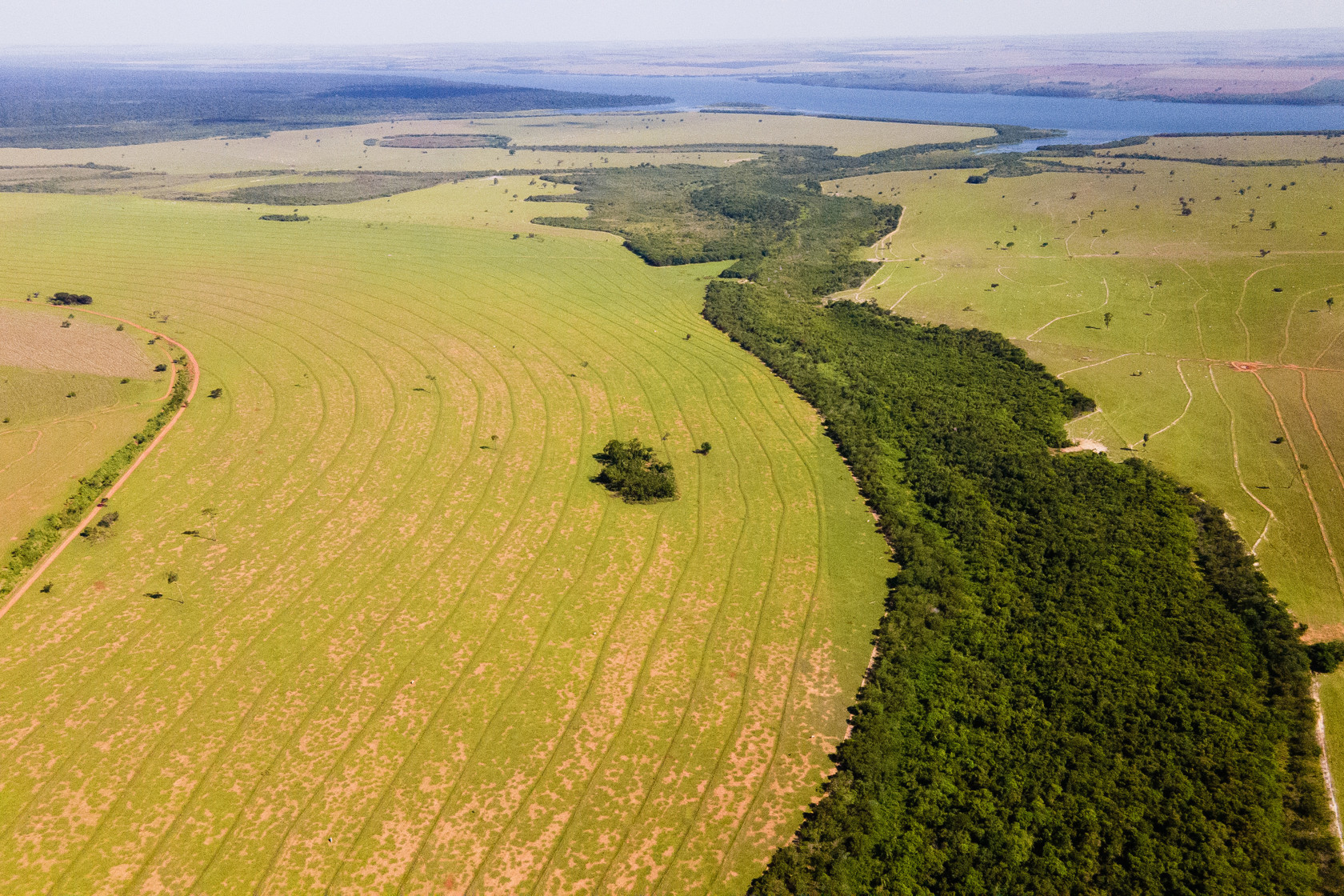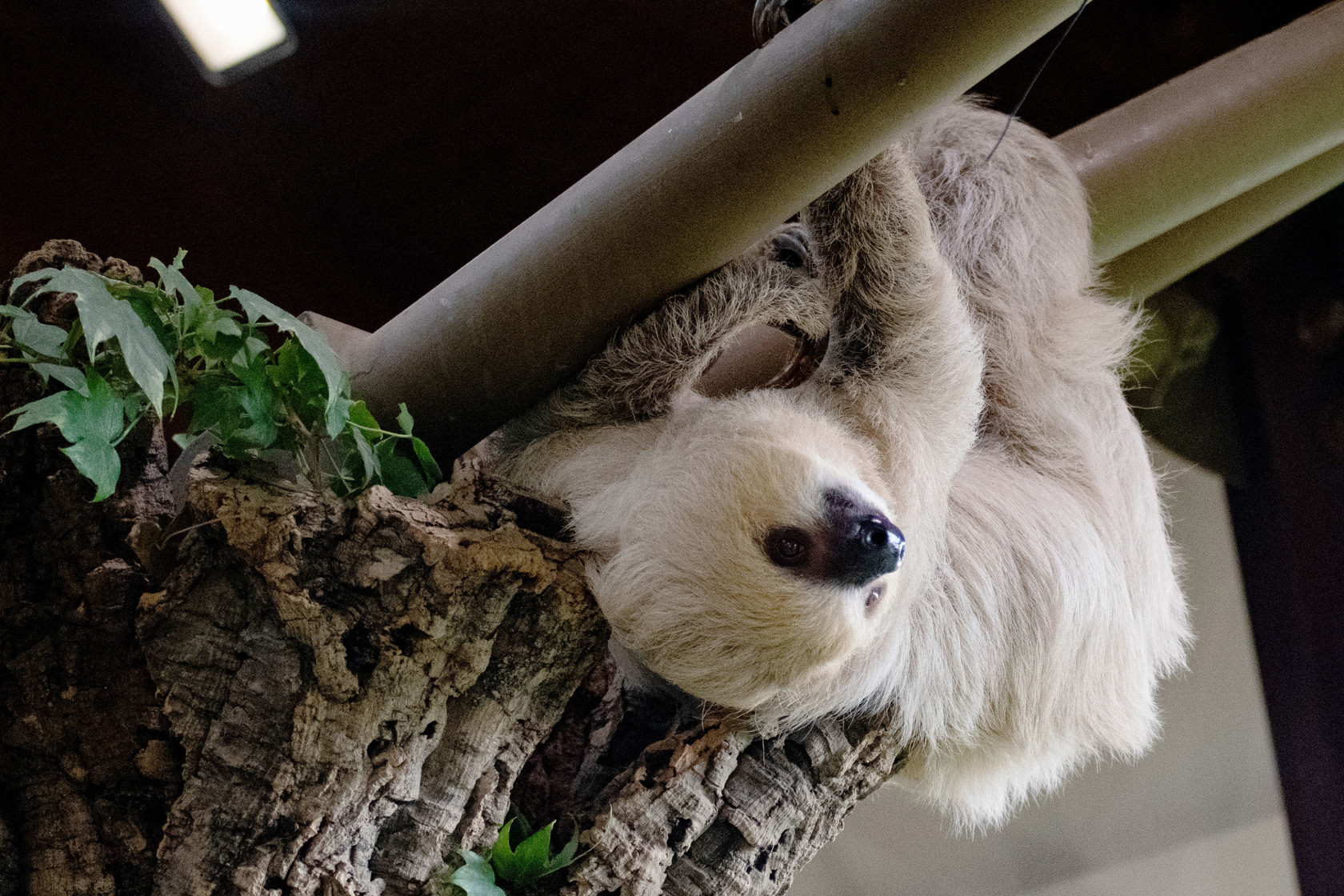Not all is rosy for the pink pigeon, study finds
The authors of a major study on the once critically endangered pink pigeon say boosting numbers is not enough to save the species from extinction in the future.
Despite the population increase, the team's analysis shows the pink pigeon has a high genetic load of harmful mutations. Without continued conservation actions, the birds are at considerable risk of extinction in the wild within 100 years.
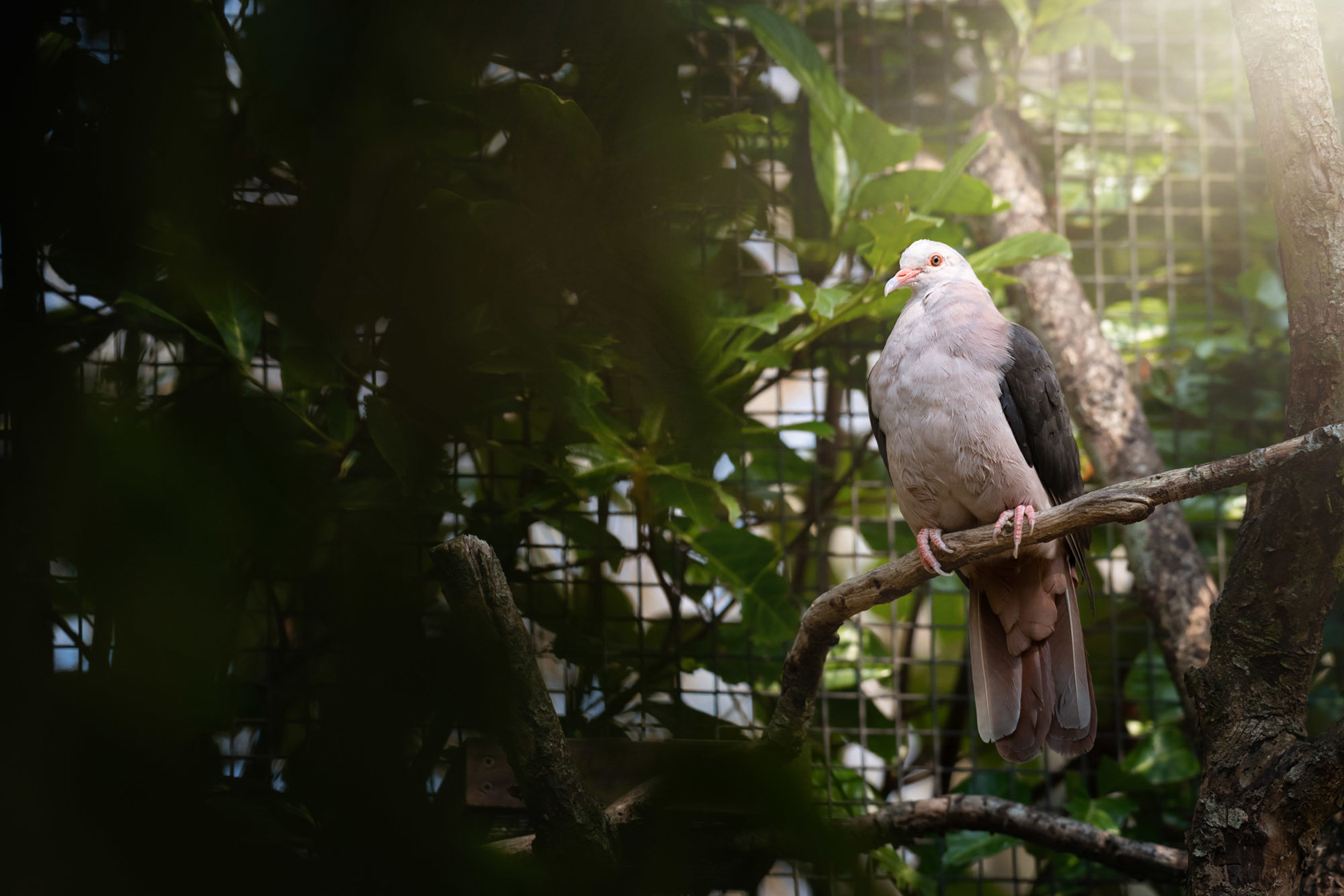
An international collaboration of UK universities and conservation organisations investigated the genetic impacts of a population 'bottleneck'. A bottleneck occurs when a population rapidly collapses, reducing the gene pool variation. This low genetic diversity then gets passed on to future generations as inbreeding occurs.
The pink pigeon experienced a bottleneck in the late 1980s, with only 12 birds surviving in the wild. Biologists from Durrell and the Mauritian Wildlife Foundation, in partnership with the Government of Mauritius' National Parks and Conservation Service, have helped to increase the wild population to around 500 birds over the past 40 years.
Consequently, the pink pigeon has been down-listed twice on the International Union for Conservation of Nature Red List from Critically Endangered to Vulnerable.
However, to keep these populations viable, the researchers warn that 'genetic rescue' is needed to recover lost genetic variation caused by inbreeding and reduce the effects of the harmful mutations. This can be achieved by releasing captive-bred birds from UK and EU zoos.
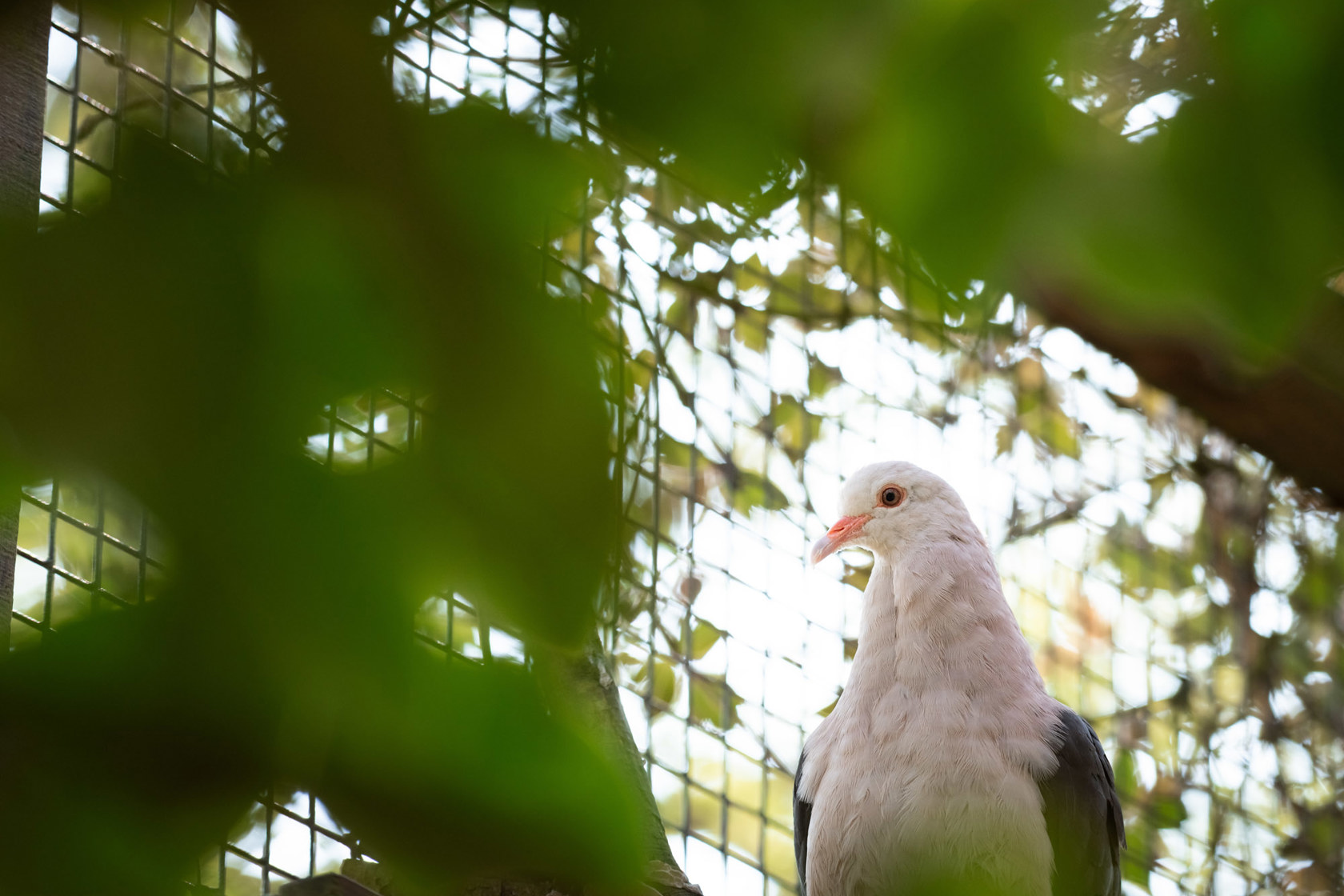
Harriet Whitford, Deputy Head of the Bird Department at Jersey Zoo, saidys, "The pink pigeon conservation programme is one of the most notable and successful in the conservation world. The birds were first brought to Jersey Zoo over 40 years ago, and many generations have been bred ever since.
Along with other zoos throughout Europe and the USA, around 100 birds are currently held, all carrying genes vital for the species' survival. Genetic studies on this captive, safety-net population will allow us to make genetic-informed decisions on which birds to repatriate, thus ensuring we maximise our success in securing the pink pigeon's survival."
The study, published in Conservation Biology, used conservation genetic work at the Durrell Institute of Conservation and Ecology (DICE), cutting-edge genomic techniques developed at the University of East Anglia (UEA) and the Earlham Institute, and computer modelling to closely examine the species' DNA and assess the risk of future extinction, as well as forecasting what needs to be done to secure the pink pigeon's viability.
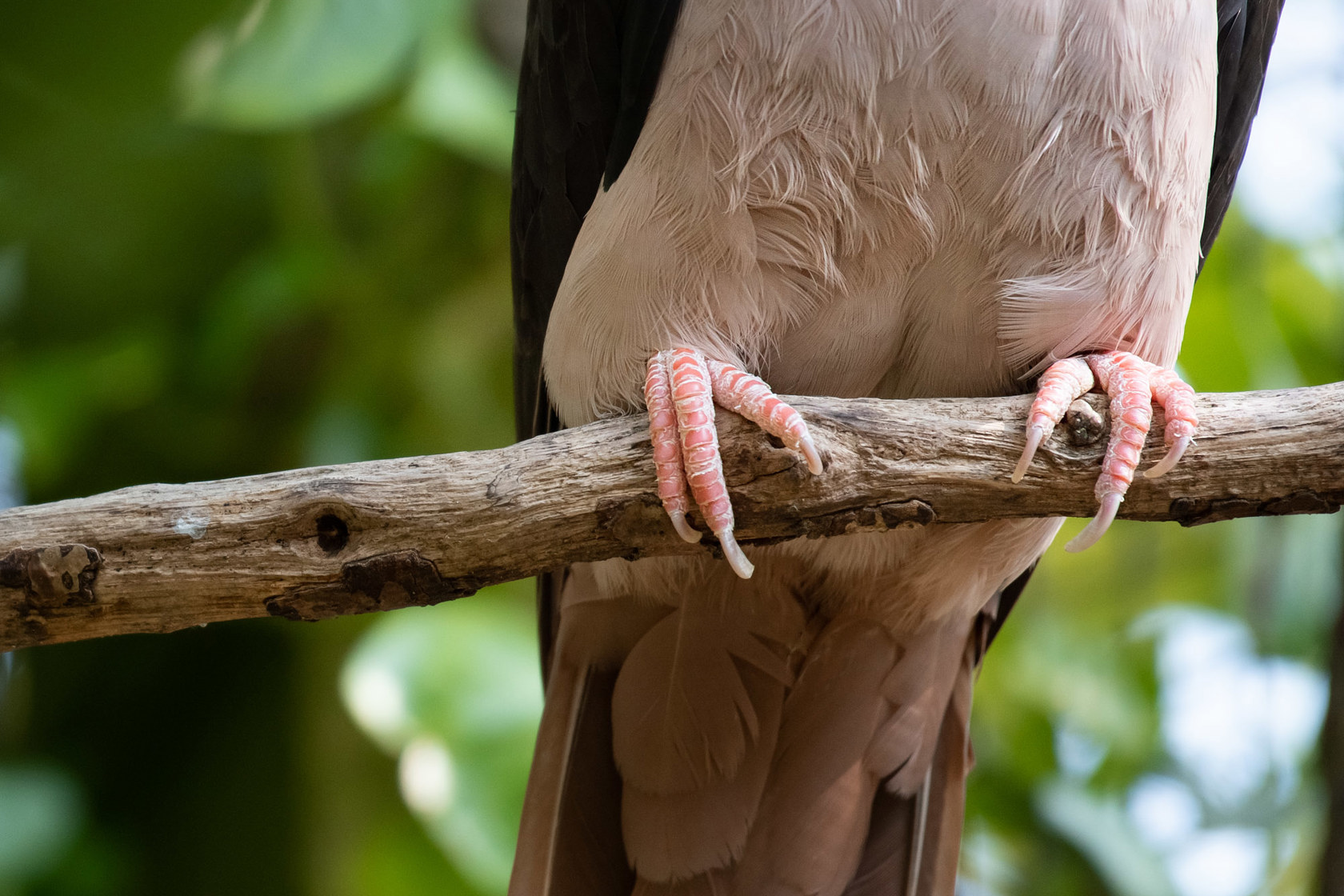
"By studying the genome of a recovered species that was once critically endangered, we can learn how to help other species to bounce back from a population collapse," said UEA's Prof Cock van Oosterhout, one of the lead authors.
"During the pigeon's population bottleneck, the gene pool lost a lot of variation, and many bad mutations increased in frequency. This genetic load still poses a severe threat, even though the population has recovered in numbers."
Prof van Oosterhout added,: "The problem is that all individuals are somehow related to each other. They are the descendants of the few ancestors that managed to survive the bottleneck. Hence, it becomes virtually impossible to stop inbreeding, and this exposes these bad mutations. In turn, this can increase the mortality rate, and it could cause the population to collapse again."
The study used sophisticated software called SLiM that can model an entire bird chromosome, including all its harmful mutations. The researchers simulated the bottleneck and population recovery and then compared the predicted outcomes of different reintroduction programmes. The study was, therefore, able to predict the viability of the population in the future under different conservation management scenarios.
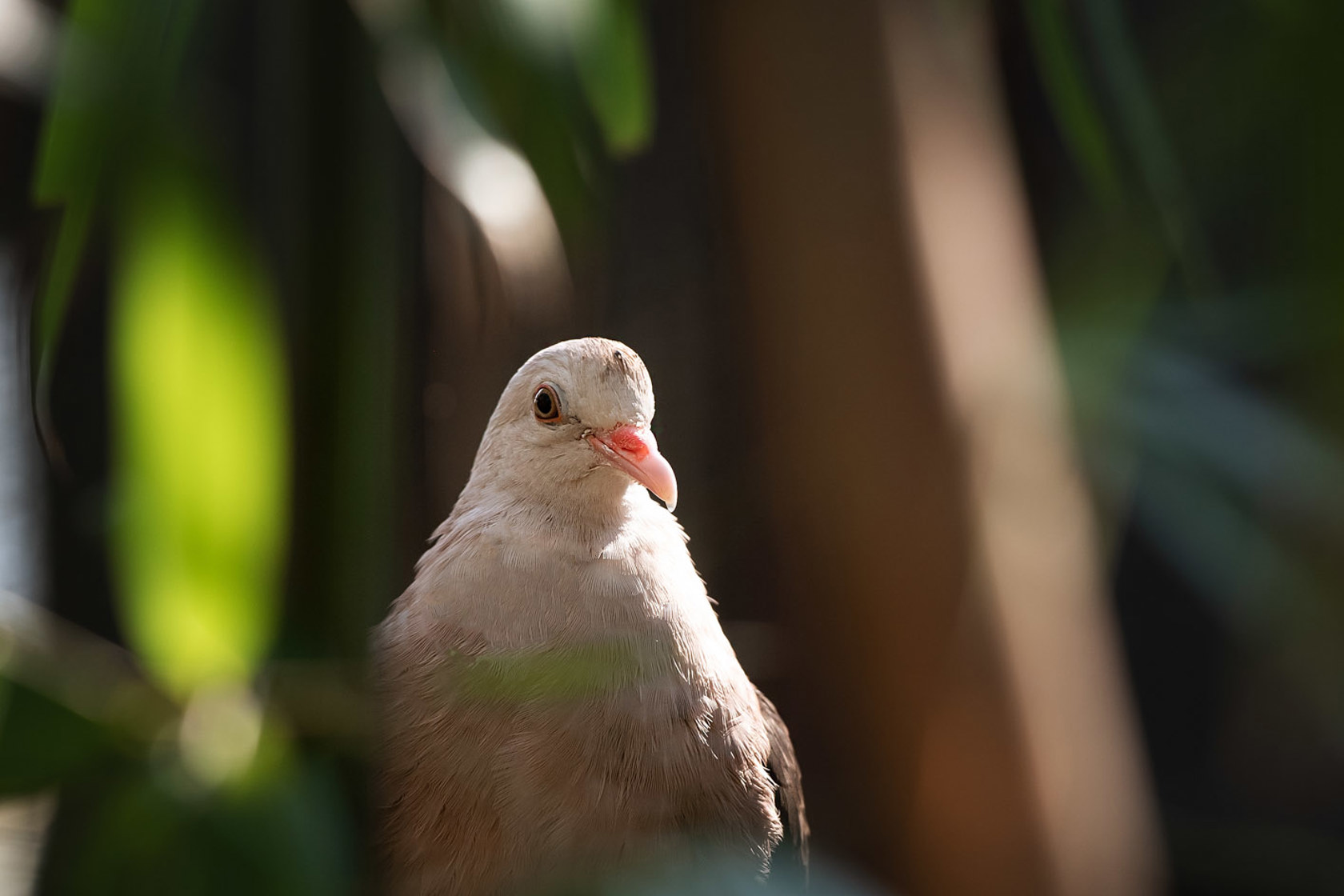
"We didn't know how many bad mutations the population carried initially, before the bottleneck," said Dr Hernan Morales from the University of Copenhagen in Denmark, who performed the SLiM modelling. "We first had to simulate the ancestral population to find out how many bad mutations could have evolved. We then checked this data with data on inbreeding depression data from zoo populations of the pink pigeon."
Using pedigree and fitness data held at Jersey Zoo for over 1000 birds, the team estimated the genetic load, which showed that the pink pigeon carried a high genetic load of 15 lethal equivalents. This was then used to calibrate the computer models.
"The computer simulations clearly show that just boosting numbers isn't enough," added Dr Morales. "The population also needs 'genetic rescue' from more genetically diverse birds bred in European zoos. These birds are not as closely related, and they can help to reduce the level of inbreeding."
Richard Young, Director of Conservation Knowledge at Durrell, saidys, "The pink pigeon is still an amazing conservation success story, but this research now tells us we need to focus on recovering the genetics of the species as well as its population numbers. And the really good news is that we know how – by reintroducing important genetics now only found in captive birds."

